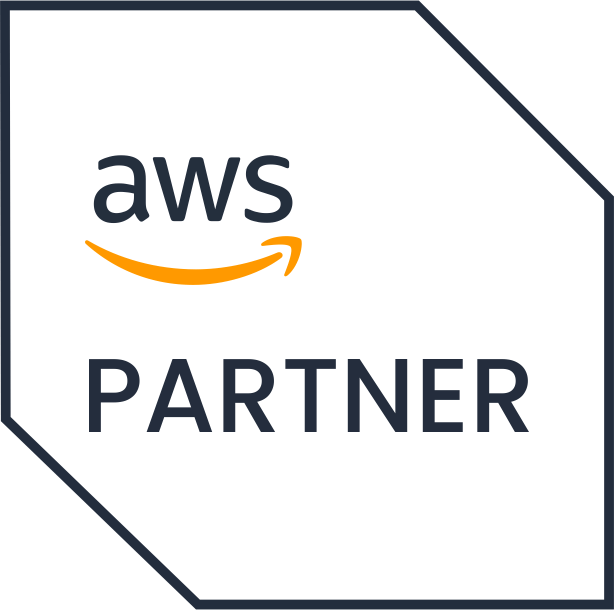Published Date :
A slew of benefits ranging from cost savings to flexibility to freeing up cash flow to continuous updates and more, has led to SaaS applications being adopted by more and more businesses. As per Gartner, spending on SaaS by 2022 will cross US$ 145 billion.
But this growing adoption of Software-as-a-Service has led to widening gaps in the backup strategy of many organizations—-possibly driven by the reliable uptime of SaaS applications. But malicious attacks are still a common sight as is data deletion by accident. Against this backdrop, automation is the best preventative measure—in operations as well as security. And DevOps can make this happen.
Why DevOps is important for SaaS applications
One of the most fundamental challenges organizations managing SaaS applications face is productivity. This means SaaS products must be updated continuously and the updates deployed regularly. The SaaS management organization must maintain its credibility in resolving customer issues in the shortest mean time possible. This can be well addressed by using automated CI/CD pipelines that enable speedy and streamlined processes across the software development lifecycle…. In other words DevOps.
DevOps brings many advantages to SaaS, including
⦿ An ecosystem that allows innovation to flourish
⦿ Better scalability
⦿ Low to no outage
⦿ Enhanced agility
⦿ Configuration management
⦿ Ability to make continuous updates
A few months back, Teleglobal took on a project for a leading software platform provider. The platform wanted to deploy a SaaS solution with customizations that would improve the cost-to-deliver, scalability, and adaptability of their products. The platform’s existing deployment module was not up to the task, as it was complex and ran in multiple instances/clusters. Teleglobal resolved the challenge by building DevOps-based infrastructure automation that enabled complete deployment automation and provided the platform management with a unified dashboard that seamlessly monitored logs and events and logs across different environments.
Teleglobal’s DevOps-driven SaaS solution delivered several benefits including:
⦿ Lower Time-to-Market: Client onboarding was reduced to less than a week, from 4-5 weeks, earlier
⦿ High Availability: Thanks to DevOps deployment and continuous monitoring availability of the software platform was significantly improved
⦿Agility: With real-time monitoring and log analytics the customer was able to conduct root cause identification faster, resolving and even pre-empting issues.
Best Practices in implementing DevOps for SaaS
Infrastructure as code (IaC)
aC has been a DevOps constant right from the beginning; in fact, DevOps just wouldn’t be what it is without IaC. It allows developers to skip the tedium of making manual changes to configurations or making infrastructure adjustments. Instead, the developer can simply automate the task of spinning up new server instances using battle-tested code. DevOps practices like version control, virtualized testing, and continuous are automatically applied to the code that guides the creation and management of your infrastructure. Application of DevOps practices to automation scripts ensures they are error-free, able to be deployed on multiple servers, and rolled back in the event of problems.
This makes use of Infrastructure as Code a priority when SaaS applications are developed using CI/CD.
CI/CD
CI/CD or Continuous Integration/Continuous Delivery, to give it its full name, refers to development practices that enable rapid deployment of code changes. DevOps is a set of practices, processes, and technologies that allow operations and development teams to work collaboratively in product development. Thus both are interconnected. CI/CD enables quick turnaround of software and updates by continuously delivering code into production and generating a continuous flow of new features and debugging via the same methodology.
CI/CD practices in SaaS allow organizations to…
⦿ Identify and eliminate issues quickly
⦿ Improve software quality
⦿Test and roll out newer software updates, faster than ever
⦿ Automate code changes (fixes), test, and prepare for deployment
Security & Compliance
As with operations, CI/CD makes a huge difference to compliance and security matters. CI/CD pipelines can automate review processes, thereby enabling organizations to take informed actions about what code or data goes in different environments. Automating this process ensures compliance during development, and allows development teams to stay productive by reducing the time spent on security or compliance issues.
Logging and Monitoring
Centralized logging is a necessary aspect of DevOps that allows teams to achieve CI/CD, regardless of the application type to be delivered or the software environment. Since development environments change constantly and new challenges arise, centralized logging is necessary to enable your teams to deliver software consistently by effective aggregation of logs and their analyses. Without centralized logging, IT teams will have to manage logs individually where they originate. Not only is this an effort-intensive process, but it also compromises the integration of multiple data, challenges troubleshooting—especially when dealing with containers, where log data is not stored in a fixed location, and can disappear before the team has a chance to analyze it.
Continuous monitoring helps organizations respond to system conditions such as CPU load, free server space, etc. on time, while calibrated log management enables faster identification of problems.
Microservices
Microservices architectures are ideal for DevOps. Their services-based approach enables organizations to break applications down into smaller (individual) and autonomous services. In this environment, separate delivery teams can tackle discrete services (as separate entities), speeding and simplifying the process of development, testing and deployment.
Hosting SaaS applications in a microservices architecture provides organizations with all the benefits that microservices offer, viz: high scalability, quick recoveries, stable solutions, and the flexibility of leveraging different programming languages or frameworks.
Need help with your cloud?
"No worries! Our experts are here to help you. Just fill the form and we'll get back to you shortly!"
Our Partners


 +919356301699
+919356301699 hello@anetautomation.com
hello@anetautomation.com
